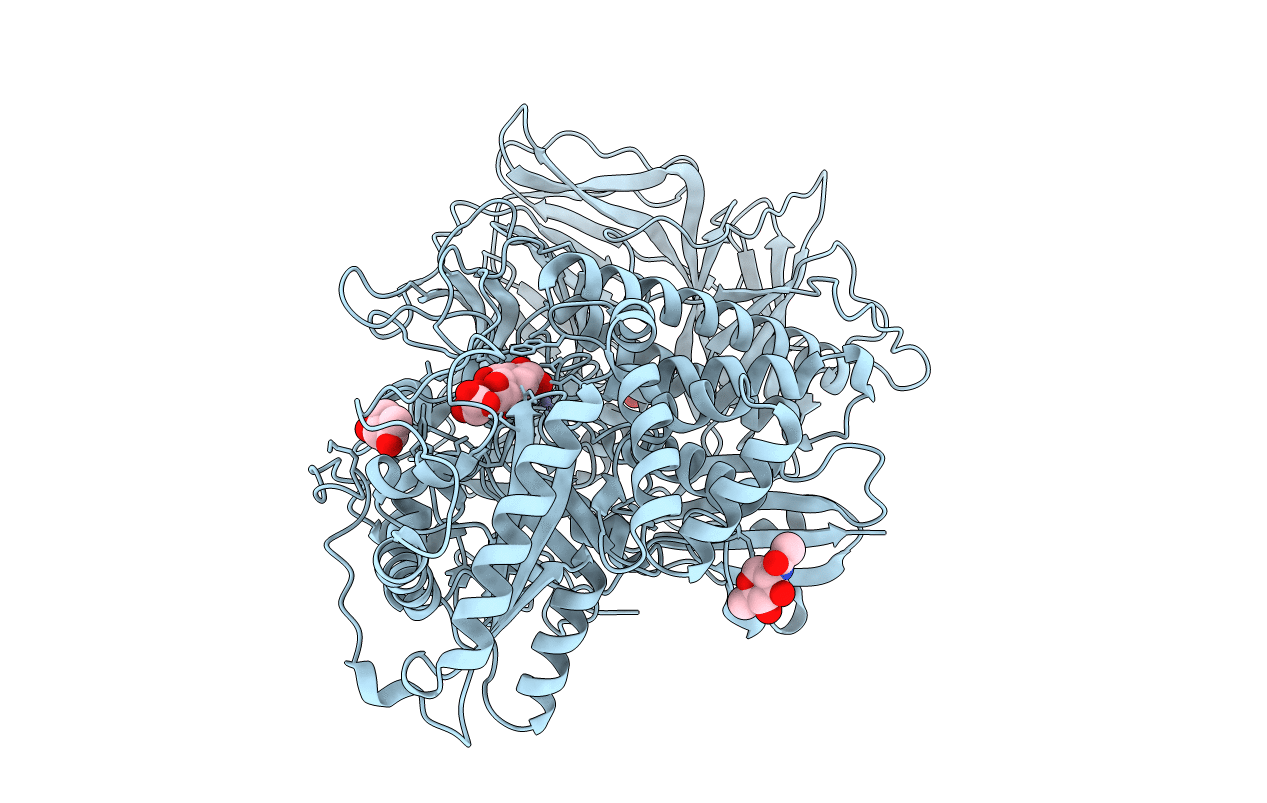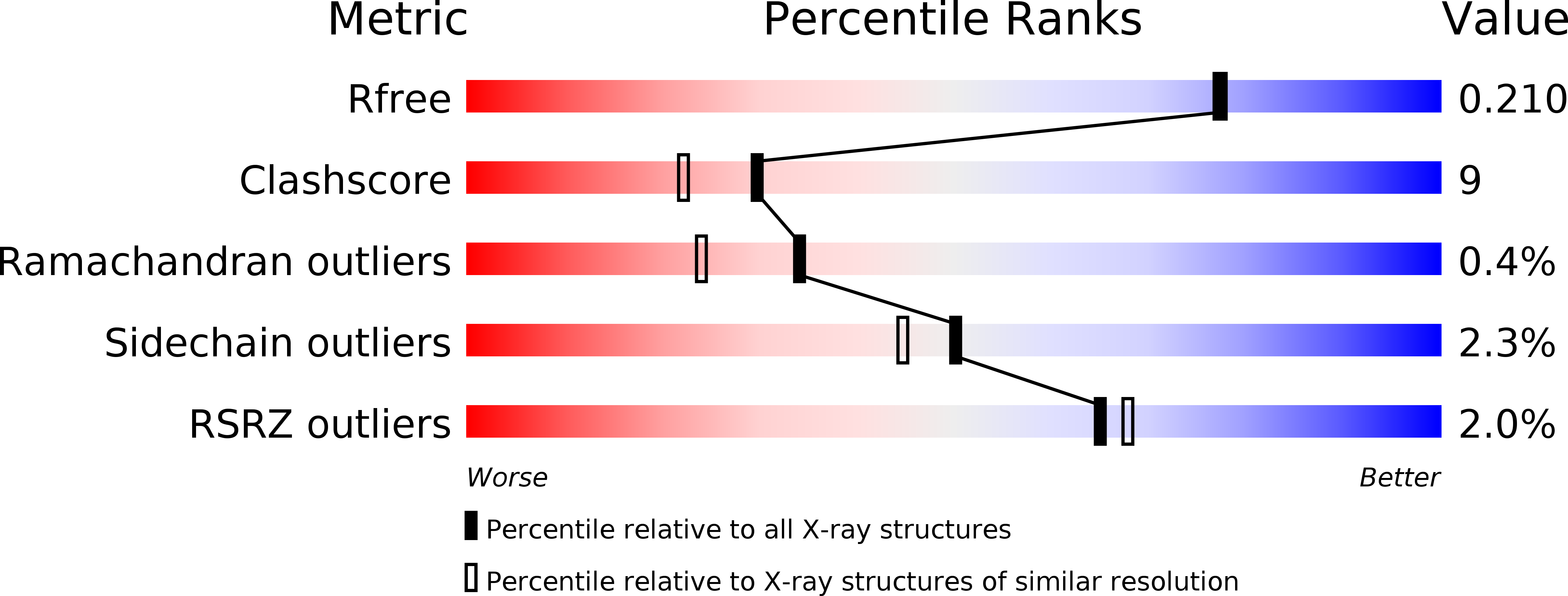
Deposition Date
2006-02-08
Release Date
2006-12-26
Last Version Date
2024-10-30
Entry Detail
PDB ID:
2FYV
Keywords:
Title:
Golgi alpha-mannosidase II complex with an amino-salacinol carboxylate analog
Biological Source:
Source Organism:
Drosophila melanogaster (Taxon ID: 7227)
Host Organism:
Method Details:
Experimental Method:
Resolution:
1.90 Å
R-Value Free:
0.21
R-Value Work:
0.16
R-Value Observed:
0.16
Space Group:
P 21 21 21


